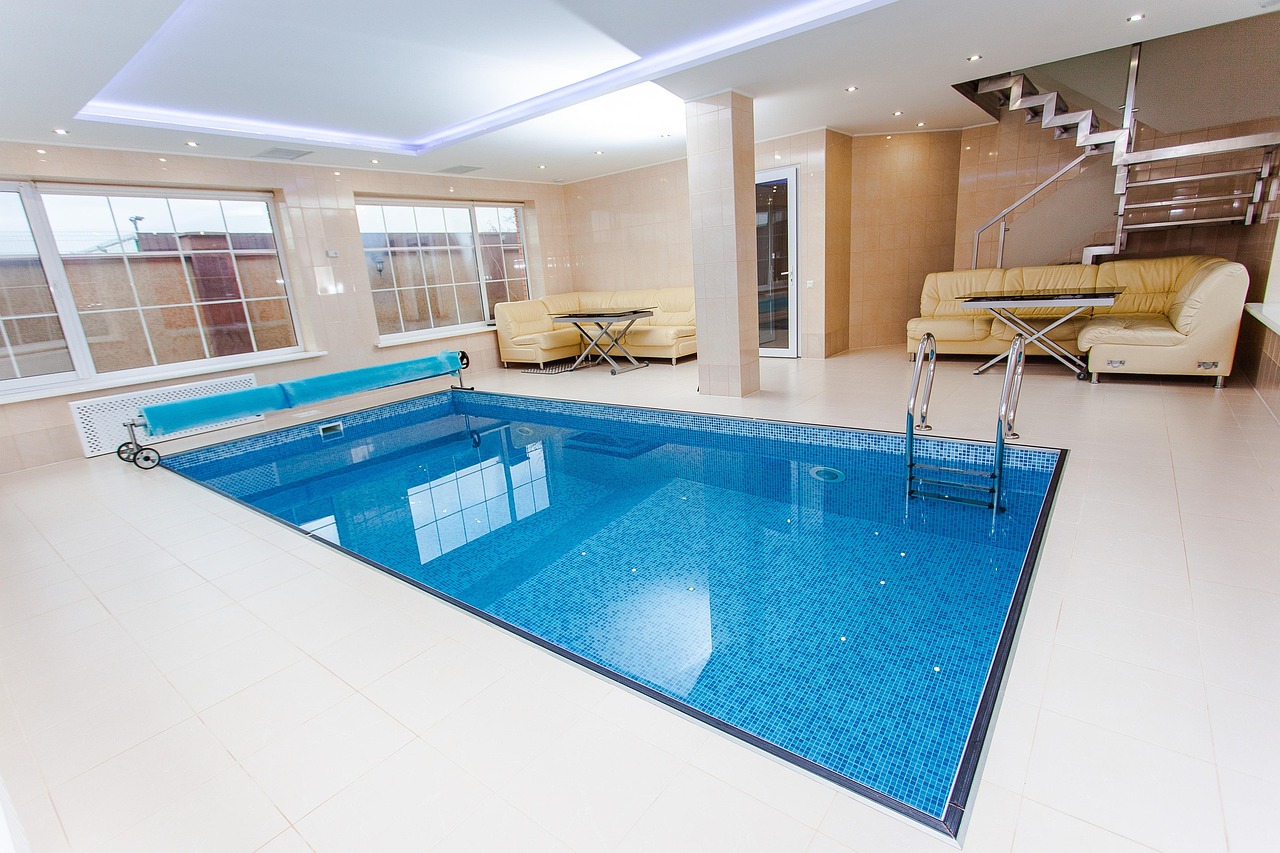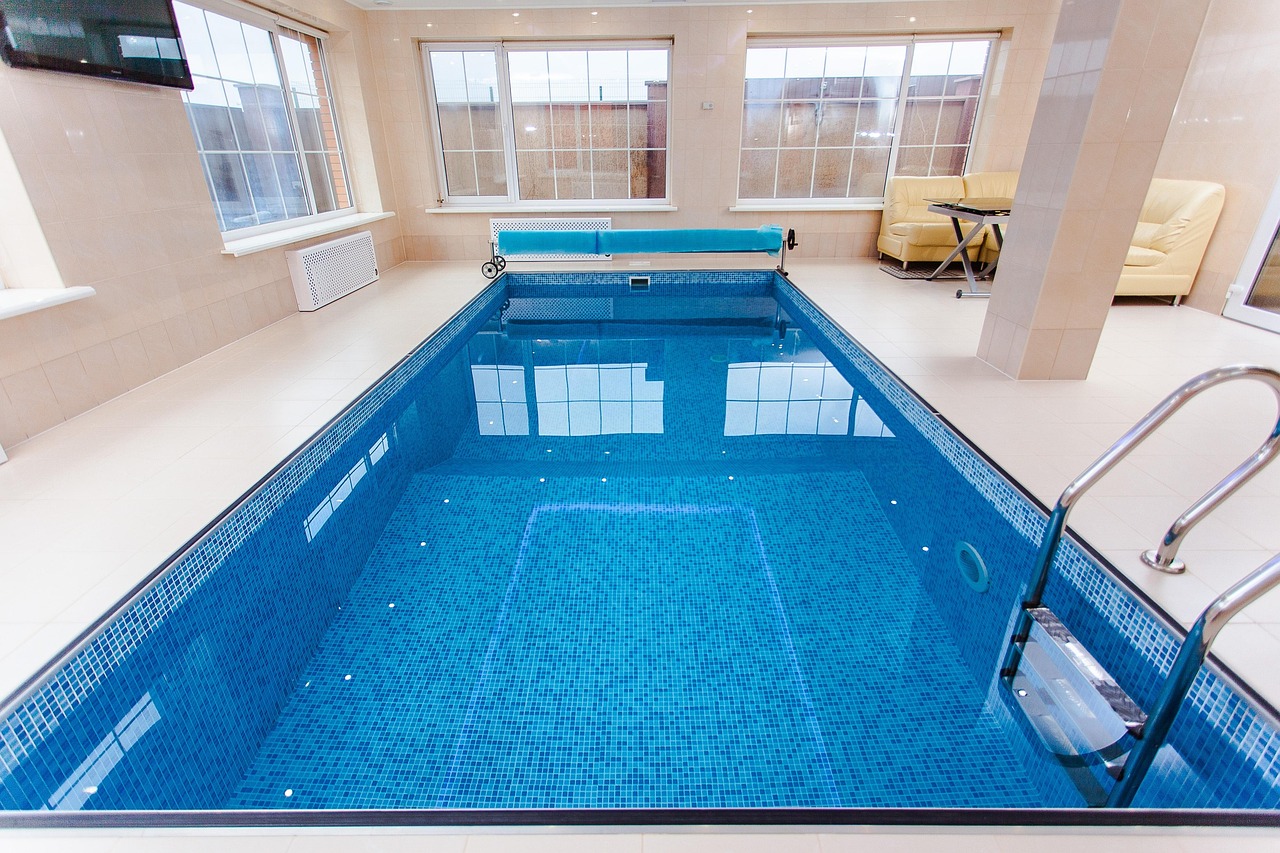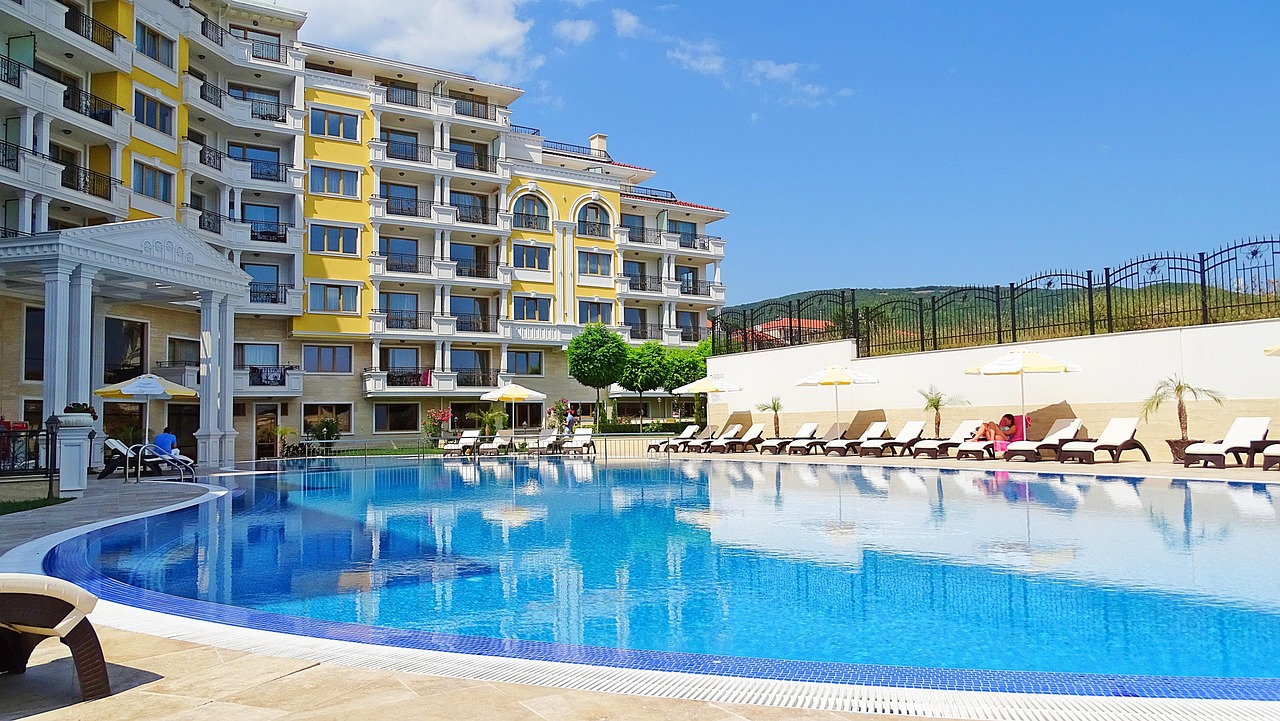Understanding the Importance of Pool Covers
Selecting the right pool cover is one of the most crucial decisions for any pool owner. Far beyond simply keeping leaves and debris out, the proper pool cover serves as a multifunctional investment that enhances safety, reduces costs, and extends your pool’s lifespan. How to choose the right pool cover for your needs depends on understanding these benefits and matching them to your specific circumstances.
A quality pool cover acts as a protective barrier between your swimming pool and the elements, preventing potentially dangerous situations while simultaneously preserving water quality and temperature. With various options available on the market—from basic tarps to sophisticated automatic systems—knowing which features matter most for your particular pool setup is essential.
Safety and Accident Prevention
Pool safety remains a top priority, especially in households with children or pets. According to the Consumer Product Safety Commission, drowning is the leading cause of accidental death in children ages 1-4, with many incidents occurring in residential pools.
A safety pool cover provides substantial protection against these tragic accidents by:
- Creating a physical barrier that supports significant weight (typically 485 pounds or more)
- Eliminating the possibility of accidental access when properly secured
- Meeting ASTM International safety standards (look for the ASTM F1346-91 certification)
- Providing peace of mind during periods when the pool isn’t actively supervised
Safety covers are specifically engineered with accident prevention in mind, using reinforced materials and secure anchoring systems that can withstand the weight of multiple adults.
Energy Efficiency and Cost Savings
Beyond safety, pool covers deliver significant energy and cost savings through several mechanisms:
- Heat retention: Covers prevent up to 70% of water evaporation, which is the primary cause of heat loss
- Reduced water consumption: Minimizing evaporation means less frequent refilling
- Lower chemical usage: Protected pools require fewer chemicals to maintain proper balance
- Decreased energy costs: Covered pools require less heating, with potential savings of 50-70% on heating expenses
This combination of benefits translates to substantial annual savings—often between $2,000-$3,000 for heated pools in moderate climates, with even greater savings in extreme temperature regions.
Maintenance Reduction and Cleanliness
A quality pool cover dramatically reduces maintenance requirements by:
- Blocking debris, leaves, and other contaminants from entering the water
- Reducing algae growth by limiting sunlight exposure (with opaque covers)
- Decreasing the frequency of cleaning and filtration cycles
- Extending the life of pool equipment by reducing operational hours
- Preserving chemical balance for longer periods between adjustments
Many pool owners report spending 50-75% less time on pool maintenance after installing a proper cover, making ownership significantly more enjoyable.
Types of Pool Covers Explained

Understanding the distinct categories of pool covers is essential for making an informed selection that aligns with your specific needs.
Solar Pool Covers
Solar pool covers (also called bubble covers) utilize the sun’s energy to heat pool water naturally. These covers feature small air pockets resembling bubble wrap that trap solar heat and transfer it to the pool water.
| Solar Cover Thickness | Heat Retention Capability | Durability | Average Lifespan |
|---|---|---|---|
| 8 mil | Basic heat retention | Low resistance to damage | 1-2 seasons |
| 12 mil | Moderate heat retention | Medium durability | 2-3 seasons |
| 16 mil | Excellent heat retention | High durability | 3-5 seasons |
| 20 mil | Superior heat retention | Maximum durability | 4-7 seasons |
Solar covers can increase water temperature by 10-15°F during sunny periods while simultaneously reducing evaporation by up to 95%. They’re particularly effective in sunny climates and for extending swimming seasons in spring and fall months.
Winter Pool Covers
Winter pool covers are designed to protect pools during off-season months, particularly in regions with harsh winter conditions. These covers shield the pool structure and water from debris, precipitation, and freeze-thaw cycles.
Winter covers typically fall into two categories:
- Standard winter covers: Made from tightly woven polyethylene, these affordable options provide basic protection against debris and sunlight but may require regular maintenance to remove standing water.
- Mesh winter covers: These allow water to drain through while catching debris, eliminating the problem of standing water accumulation while still providing protection.
Winter covers must extend beyond the pool’s edge by 12-18 inches and secure firmly to prevent wind damage. They’re particularly important in areas experiencing freezing temperatures, where they protect pool surfaces and equipment from ice damage.
Safety Pool Covers
Safety pool covers prioritize accident prevention while delivering other benefits of standard covers. They’re constructed with robust materials capable of supporting significant weight—often several adults simultaneously.
| Safety Cover Type | Weight Support | Water Drainage | Sunlight Blocking | Price Range |
|---|---|---|---|---|
| Mesh Safety Cover | 485+ lbs | Excellent (self-draining) | Partial (25-95%) | $1,200-$2,500 |
| Solid Safety Cover | 485+ lbs | Requires pump or drainage system | Complete (100%) | $1,500-$3,000 |
| Hybrid Safety Cover | 485+ lbs | Good (partial drainage) | Good (90-95%) | $1,800-$3,200 |
Safety covers must be anchored to the pool deck using specialized hardware—typically brass anchors and stainless steel springs—creating a taut, drum-like surface that prevents access while supporting substantial weight.
Automatic Pool Covers
Automatic pool covers represent the premium tier of pool protection, offering unparalleled convenience through motorized operation. With the turn of a key or push of a button, these covers extend or retract over the pool surface.
Key features include:
- Effortless operation: No manual handling required
- Perfect fit: Custom-sized to your exact pool dimensions
- Dual functionality: Many automatic covers also qualify as safety covers
- Enhanced aesthetics: Housing units can be built into decking for seamless integration
- Integrated mechanisms: Track systems guide the cover for consistent operation
Though representing the highest initial investment ($8,000-$25,000+), automatic covers often deliver the greatest long-term value through energy savings, reduced maintenance, and extended equipment lifespan.
Factors to Consider When Choosing a Pool Cover

Selecting the optimal pool cover requires evaluating several critical factors related to your specific pool configuration and personal requirements.
Pool Type and Shape
Different pool designs necessitate different cover approaches:
- Rectangular pools: Compatible with virtually all cover types, including track-based automatic systems
- Oval pools: Require custom-fitted covers; standard rectangles won’t provide proper coverage
- Freeform/kidney-shaped pools: Often require custom fabrication, particularly for safety or automatic covers
- Above-ground pools: Typically use specific covers designed for their elevated structure
For uniquely shaped pools, manufacturers can create custom covers using sophisticated measuring techniques, though these naturally command higher prices than standard sizes.
Climate and Weather Conditions
Your local environment significantly impacts which cover will perform optimally:
- Hot, sunny regions: Benefit most from solar covers that prevent evaporation while harnessing thermal energy
- Cold regions with snow: Require robust winter covers with strong support systems to handle snow loads
- Windy areas: Need secure anchoring systems and potentially heavier materials to prevent displacement
- High rainfall areas: Benefit from covers with effective drainage systems to prevent water accumulation
Understanding your climate’s specific challenges ensures your cover will withstand local conditions while maximizing performance.
Budget Constraints
Pool covers represent a spectrum of price points, each offering different value propositions:
| Cover Type | Initial Cost Range | Lifespan | Energy Savings | ROI Timeline |
|---|---|---|---|---|
| Solar Cover | $75-$350 | 1-3 years | Moderate | 3-9 months |
| Winter Cover | $150-$650 | 3-7 years | Low | 1-2 seasons |
| Safety Cover | $1,200-$3,000 | 7-15 years | Moderate | 2-5 years |
| Automatic Cover | $8,000-$25,000+ | 5-10 years | High | 3-7 years |
While initial cost often drives decisions, calculating total ownership cost—including energy savings, reduced chemical usage, and maintenance time—often reveals higher-priced options as more economical long-term investments.
Ease of Use and Maintenance
The most effective pool cover is one that’s consistently used, making operational convenience a crucial consideration:
- Manual covers: Require physical effort to deploy and remove; best for occasional use
- Semi-automatic covers: Use reels or assistive devices to ease manipulation but still demand some effort
- Fully-automatic covers: Offer push-button convenience but require mechanical maintenance
Consider your willingness and ability to regularly manage your cover when selecting the appropriate system.
Installation and Maintenance Tips
Proper installation and consistent maintenance significantly extend a pool cover’s service life and effectiveness.
Proper Installation Techniques
While professional installation is recommended for safety and automatic covers, many other types can be installed by homeowners with proper preparation:
Installation Checklist:
- Accurately measure pool dimensions (including any unique features)
- Clear debris from pool deck and surrounding areas
- Gather necessary tools (often including measuring tape, drill, anchors)
- Recruit assistance (most covers require at least two people for installation)
- Follow manufacturer instructions precisely, particularly for safety components
- Allow sufficient time (rushing installation often leads to mistakes)
For safety covers, precise anchor placement is critical—typically 18-30 inches from the pool edge and spaced according to manufacturer specifications.
Regular Maintenance Practices
Proper maintenance dramatically extends cover lifespan while ensuring optimal performance:
| Maintenance Task | Solar Covers | Winter Covers | Safety Covers | Automatic Covers |
|---|---|---|---|---|
| Remove debris | Weekly | As needed | Monthly | Monthly |
| Check for damage | Monthly | Pre/post season | Quarterly | Quarterly |
| Clean surface | Bi-monthly | Seasonally | Seasonally | As needed |
| Test chemical balance | Weekly | Pre-covering | Pre-covering | Weekly |
| Check hardware/mechanisms | N/A | Seasonally | Seasonally | Monthly |
When storing covers during the swimming season, avoid folding along the same lines repeatedly, clean thoroughly before storage, and place in a cool, dry location away from direct sunlight and chemicals.
Conclusion
Selecting the right pool cover involves balancing safety requirements, budget considerations, climate conditions, and convenience preferences. The ideal cover not only protects your pool but enhances your overall ownership experience through reduced maintenance, lower operating costs, and increased peace of mind.
Take time to assess your specific needs, considering both immediate requirements and long-term value. For complex installations or specialized pools, consulting with a professional can provide valuable insights tailored to your unique situation.
Ultimately, the perfect pool cover is one that meets your safety standards, aligns with your maintenance preferences, and delivers meaningful benefits that improve your poolside experience year after year.

